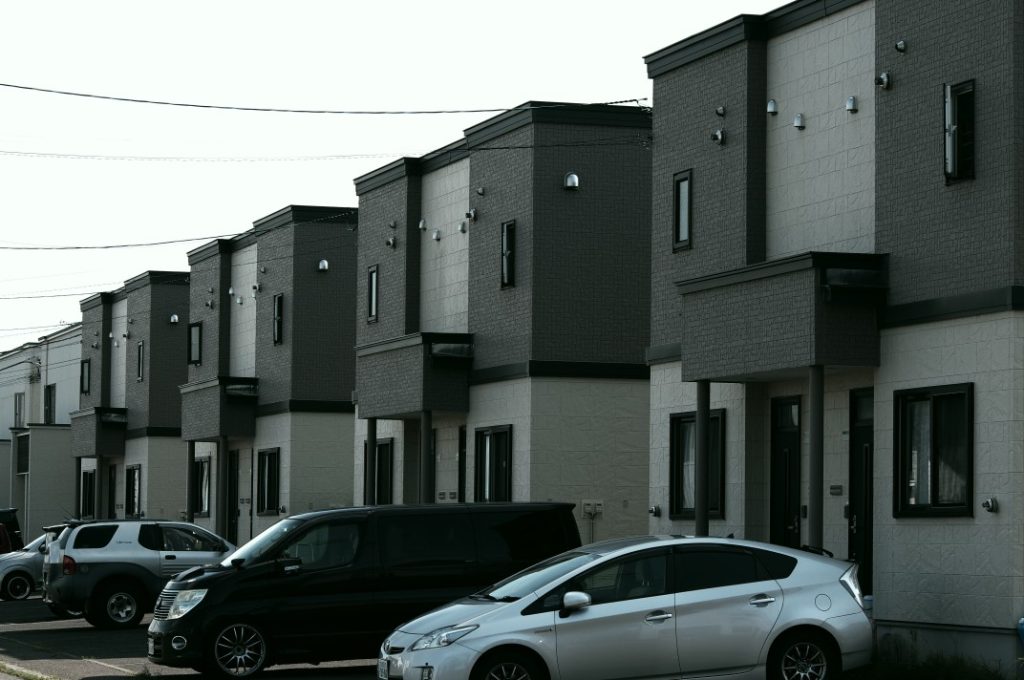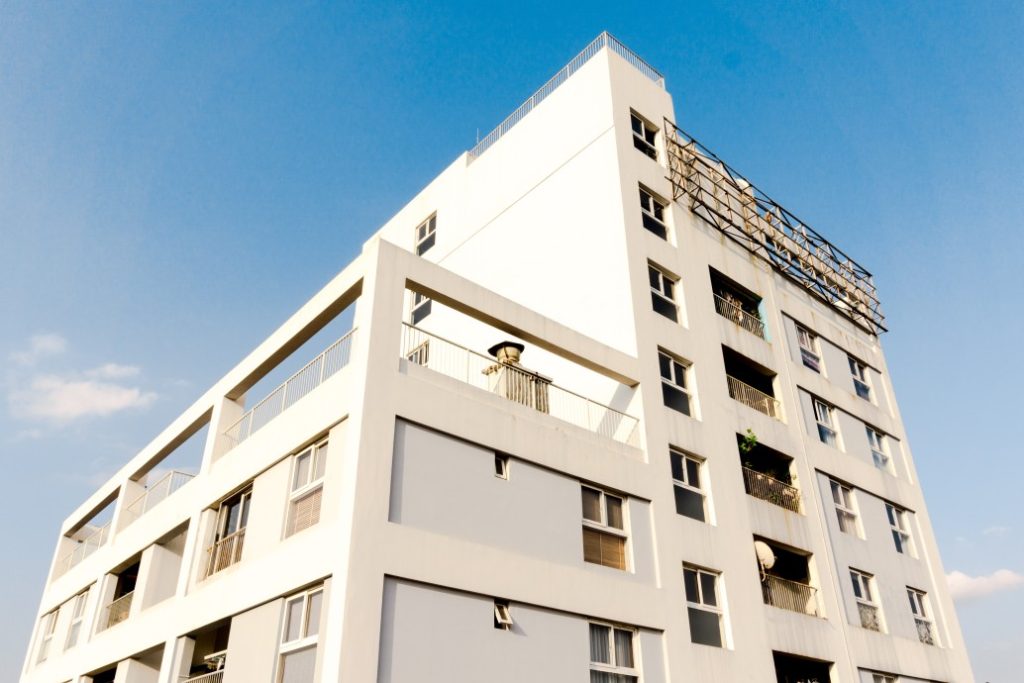The firm’s farmland database records the details of all farms, estates and blocks of publicly marketed farmland in England over 100 acres in size, and it shows that while farmers are still the biggest buyers of farmland, the presence of non-farmers in the market is on the rise.
Indeed, the current data shows that just 53% of farms are now bought by farmers – the lowest proportion recorded since Strutt & Parker began recording this information over 20 years ago. The remaining 47% is made up of lifestyle buyers and private investors.
Strutt & Parker head of estates and farm agency Matthew Sudlow said: “One of the most notable developments in the marketplace over recent months has been increased demand from green investors looking at alternative land uses to food production,”
He added: “They still represent a very small subset of the market, but it does look as if that proportion is set to grow. We now receive phone calls on almost a daily basis from buyers interested in purchasing land to be managed environmentally – with their plans involving tree planting, rewilding and other conservation and carbon-offset projects. Interestingly, such buyers are starting to become active in lowland areas of England, as well as the uplands. Growth in environmental land investment is a trend we are also seeing in Scotland and Wales.”
The 47% also includes investors who buy land for privacy and amenity reasons, those who see land as a safe wealth-storage asset and individuals who have made capital gains from the sale of land for development and want to roll over funds. In both the South East and South West of England, the majority of farmland buyers are non-farmers.
The data also reveals that the first three months of 2021 saw the volume of land coming to market remain at record low levels.
Sudlow added: “Only 20 farms were publicly marketed in the first quarter of the year, which is below the five-year average of 24. The farms were also smaller than in previous years and so the 4,600 acres publicly marketed is well below the five-year average of 6,100 acres. With demand also remaining relatively robust, this means prices have remained virtually unchanged at an average of £9,200/acre for arable land and £7,000/acre for pasture. However, prices continue to be very variable around these averages, depending on supply and demand within a localised area.”
Sudlow suggested that supply is likely to increase throughout the second quarter when compared with the same quarter of last year, while the wider range of buyers in the market is likely to ensure demand remains strong.
In addition, the popularity of private sales is also expected to continue, particularly for those selling residential farms and estates.





